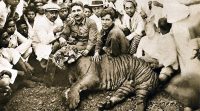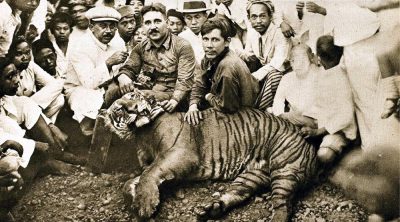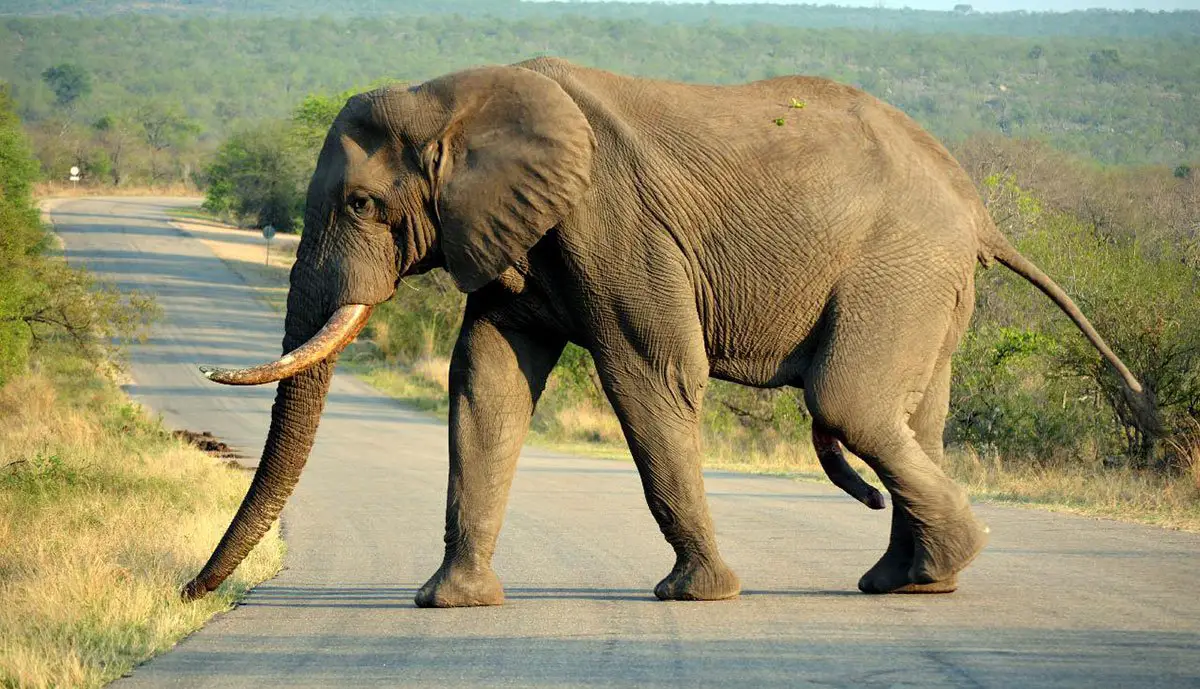The Javan tiger (Panthera tigris sondaica) is an extinct species and it was named after the Indonesian island Java. The tiger had disappeared from the island in the 1970s. In 1844 Coenraad Jacob Temminck, a Dutch zoologist recognized a javan tiger population for the first time.
Javan tigers were much shorter and less heavy in comparison to the Bengal tigers. They were nearly the size of Sumatran cats.
The stripes on its body were pretty narrow and longer than Asian tiger’s stripes. They were also greater in number.
Adult male tigers weigh ed up to 248 cm (98 in) while females averaged 75 and 115 kg (165 and 254 lb).
ed up to 248 cm (98 in) while females averaged 75 and 115 kg (165 and 254 lb).
Javan tigers used to eat wild boar, reptiles, water fowls, and rusa deer. They could also prey banteng.
Tigers had become extinct for two reasons: first humans have cut down natural forests for plantations; secondly the ruse deer population, which was thought to be the primary prey of a tiger, had died of disease in 1960s.
Before 1960s the javan tiger used to survive in protected areas. Some of the most famous reserves were Leuweng Sancang Nature Reserve, Baluran National Parks, and Ujung Kulon.





